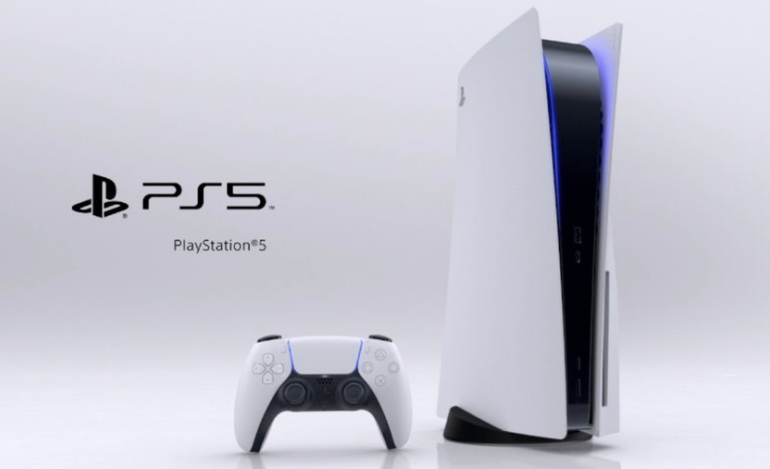Sony PS5 HDR Auto Tone Mapping – Sony’s Answer to Dolby Vision
Last week Xbox announced that Dolby Vision gaming was finally coming to the Xbox One X/S, seemingly beating the Sony PS5 to the punch. But this week, Sony struck back, announcing the addition of PS5 Auto HDR Tone Mapping by the end of 2021. Sony claims that this new feature will rival Dolby Vision in terms of dynamic content. Promising to take your gaming experience on the PS5 to the next level. But there is a catch. It only works on select 2021 Sony Bravia TVs! Interesting move by Sony.
The TV’s
The five supported TVs are the top tier of Sony’s lineup. This means that if you want this new feature, you will need one of these newest, and most expensive displays.
- Z9J (8K)
- A90J (OLED)
- A80J (OLED)
- X95J (Flagship LED)
- X90J (midrange LED)
This is a bold move by Sony. By limiting the feature to the five highest-priced panels in their range, they are sure to alienate PS5 owners who don’t own, or can’t afford, those premium panels. On top of this, all of these panels are 55” and larger, further limiting the appeal. Plus, there is likely to be a huge number of Sony PS5 owners who own LG OLED or other high-end panels. They will not be able to take advantage of this new feature, despite their 4K TV’s being capable. I think that the timing is suspicious. The new PS5 HDR Auto Tone Mapping has been announced for the end of 2021. This could be an attempt to influence TV sales for Black Friday.
What it does
Similar to Dolby Vision, Sony’s Auto HDR Tone Mapping, uses embedded metadata to ensure that highlights and lowlights will absolutely pop by ensuring the correct brightness and colour is displayed. With raytracing becoming more common-place in modern titles, this extra tone mapping will mean that shadows will be absolutely inky, while sunlight will glint off of surfaces in a realistic way. This is where, Sony claims, the similarities between Dolby Vision and Auto HDR tone mapping end.
Sony claims that the PS5 Auto HDR Tone Mapping knows exactly the peak brightness and local dimming capabilities of your new 2021 Sony Bravia TV. This means that Sony can ensure that any content displayed is exactly as intended by the creators of that title. This translates to the very best gaming experience for the user. Sony has also promised versions of ALLM and VRR (in future updates). Sony is hoping that this new move will move them ahead of the Xbox as “the best” next-gen console.
Editor’s Note: There is really no difference between how Sony’s Auto HDR Tone Mapping works and Dolby Vision. Except that Sony doesn’t want Dolby Vision on their PS5 (apparently). They may be able to ensure that their HDR Tone Mapping works better than Dolby Vision does on the Xbox Series X/S, but it isn’t because their solution is “better.” It would be because they could theoretically do display-led versus console-led HDR. We won’t know how it works until they release the firmware update later this year.
Our Take
I am not a fan of this tactic. While Sony may claim that their PS5 Auto HDR Tone Mapping is better than Dolby Vision, what they do is essentially the same. Plus, all of these displays can also do Dolby Vision. If you could get enhanced HDR out of your PS5 via Dolby Vision as well, the PS5 Auto Tone Mapping could be a nice perk. But it isn’t. The PS5 doesn’t support Dolby Vision at all and now only those with the most expensive Sony TVs will have access to this better quality HDR. That feels like gatekeeping to me. There is no reason why PS5 owners shouldn’t have access to this feature no matter who made their display. It is especially egregious that not all Sony HDR-capable displays have access.
I am expecting Sony will soften the blow by saying that limiting the feature to their top-tier TV’s will ensure that PS5 owners will get the best possible HDR experience. This is also true of Dolby Vision. There is really nothing that Sony’s PS5 Auto Dynamic Tone mapping does that Dolby Vision doesn’t. At its best, this is a ploy to sell new TV’s during the holiday season. At its worst, this is a textbook example of gate-keeping, ensuring that only those who can afford the best panels will benefit from this new feature. If I were a prospective buyer of a next-gen console, this tactic would quickly push me towards the Microsoft Xbox Series X.


